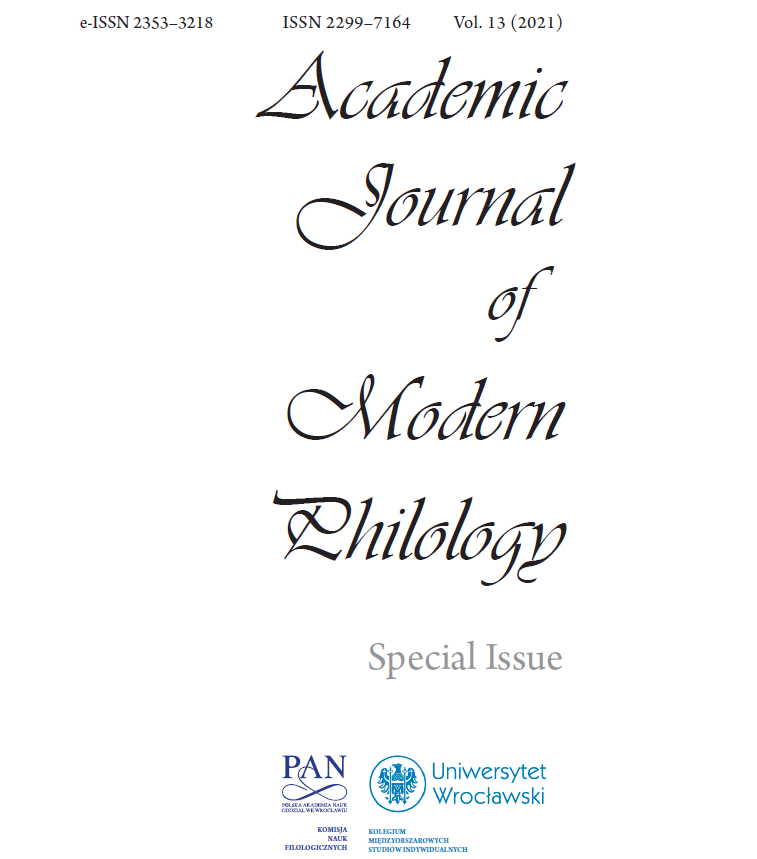Natural Semantic Metalanguage as Terminology
Natural Semantic Metalanguage as Terminology
Author(s): Zuzanna Bułat SilvaSubject(s): Language studies, Language and Literature Studies, Semantics, Philology
Published by: Komisja Nauk Filologicznych Oddziału Polskiej Akademii Nauk we Wrocławiu
Keywords: natural semantic metalanguage (NSM); semantic primes and molecules; reductive paraphrase; concrete and abstract nouns; terms; terminology; ontology
Summary/Abstract: In this paper I present the Natural Semantic Metalanguage approach (Goddard & Wierzbicka 2014; Goddard 2018; Wierzbicka 1996, 2013), arguing that it can be perceived as a terminological system, a terminology sui generis. NSM is a decompositional approach to semantics, based on the assumption that there are 65 basic concepts, known as semantic primes, and that all other concepts can be paraphrased in terms of elements taken from this set of 65. These elements are said to exist in all human languages – as words, phrases or morphemes – and they cannot be reduced any further. The system has been tested on more than 30 different languages so far and is considered one of the most comprehensive approaches to cross-linguistic semantics today. I want to shed light on the formal structure of NSM, and explain its most important theoretical concepts, such as semantic primes and molecules, reductive paraphrase and semantic template, in order to demonstrate its practical value across many domains. As an example of how NSM is used in practice, I will look at the meaning of one concrete and one abstract noun (beach and comfort, respectively)
Journal: Academic Journal of Modern Philology
- Issue Year: 2021
- Issue No: 13
- Page Range: 61-73
- Page Count: 13
- Language: English

